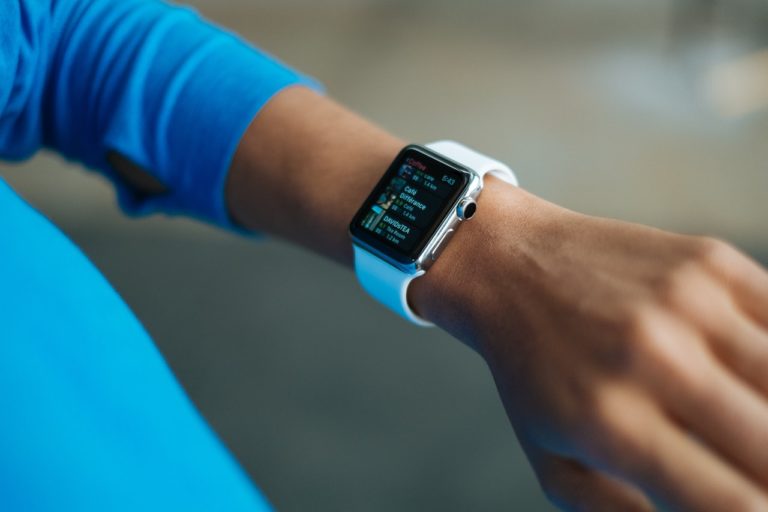Today’s healthcare ecosystem is changing almost by the minute, with new technologies being introduced to it in the hope of benefiting patients, home healthcare franchise owners, and healthcare providers. In recent years, health gadgets such as wearables have taken the healthcare realm by storm not only by their sci-fi nature but by the benefits they promise.
However, not everyone is quite that easy to please as there are still those who question the effectiveness of such new technologies. Also, research and tests are still ongoing to determine which health devices actually work and are safe for use on patients and end-users. So, there are doubts on whether people should take these products’ claims at face value or if proof positive should be first asked from their manufacturers and end-users before a verdict is handed down.
Do health gadgets really work and offer the benefits they claim to provide? Here are some of today’s most popular health gadgets and some proofs of their effectiveness:
Wearable ECG monitor.
Those who have been in hospitals and medical clinics know the clunky appearance of electrocardiogram (ECG) machines. But what if there are actually ECGs so compact that you can slap one on your wrist and forget it’s ever there? Enter wearable ECGs.
The Move ECG, for example, is an award-winning and clinically-validated analog watch that doubles as an ECG machine. This wearable health gadget is waterproof, has GPS connectivity, and with a built-in sleep tracker and ECG monitor (viewable with the companion app called Health Mate). The device particularly detects atrial fibrillation (Afib), which is responsible for around 30 percent of all strokes. It also picks up physical activities as they happen, unlike other similar products with a 10-minute threshold.
Over-all, such a product is a must-have item for those with an existing (and even undiagnosed) heart condition.
Fitness trackers.
Wearable fitness trackers are among the pioneer products in wearable technology. These tiny gadgets monitor a person’s heart rate, steps taken, and sleep pattern, among others.
Just like ECG watches, fitness trackers can also be paired with a mobile app for easier viewing and more detailed information. With millions of units sold worldwide, it’s a convincing indicator of the trust that end-users put in such a novel technology.
Smartwatch.
Smartwatches, such as the highly popular AppleWatch, are essentially watches on steroids. These health gadgets allow wearers to take note of their sleep hours, a heart condition, blood oxygen saturation level, and even atrial fibrillation episodes.
Additionally, such products let users read and send text messages, take and place phone calls, and other basic functions typically found in a smartphone. With their robust sales and generally positive reviews, these health gadgets are viable investments to make.

Sleep device.
Sleep deprivation is one of the most common health-related problems experienced by millions of people worldwide. When not addressed properly and quickly, it could lead to loss of focus, depression, and degraded work performance. Such problems are what sleep devices aim to prevent.
A sleep assistive gadget basically reinforces the body’s biomagnetic field to bring back its ability to promote restful sleep. Manufacturers such as Withings and Philip Stein offer their versions of such a health gadget, and other device makers are following suit. This only means that there’s a market for such a groundbreaking health gadget with big-name manufacturers investing serious money for R and D purposes.
Portable AED.
Cardiac arrests could occur at any given time, regardless of the location. And when it comes to such a situation, time is highly critical. Fortunately, there are now products such as portable automated external defibrillators (AEDs) that promise to improve a patient’s chances of getting to a hospital alive.
Portable AEDs are generally designed to be compact enough for easy storage and carrying. They come with pads and voice guides for easy use, even when the person handling it has no medical or first aid training. It’s essentially a lifeline that one can take anywhere needed.
Glucose monitor.
Gone are the days when diabetics have to periodically bleed just to monitor their current blood sugar levels. With the introduction of non-invasive glucose monitors, this painful experience is no more.
This wearable device offers non-stop glucose monitoring for real-time data, which can be sent directly to healthcare professionals and authorized family members. While this device is still under development in Hong Kong, it’s nonetheless interesting to note right now its potential, especially for diabetes patients who happen to be hemophobic or trypanophobic.
Technology, truly, is as pervasive as ever particularly in the field of healthcare. With these health gadgets, it’s now easier to stay healthy and always on top of one’s health condition.

